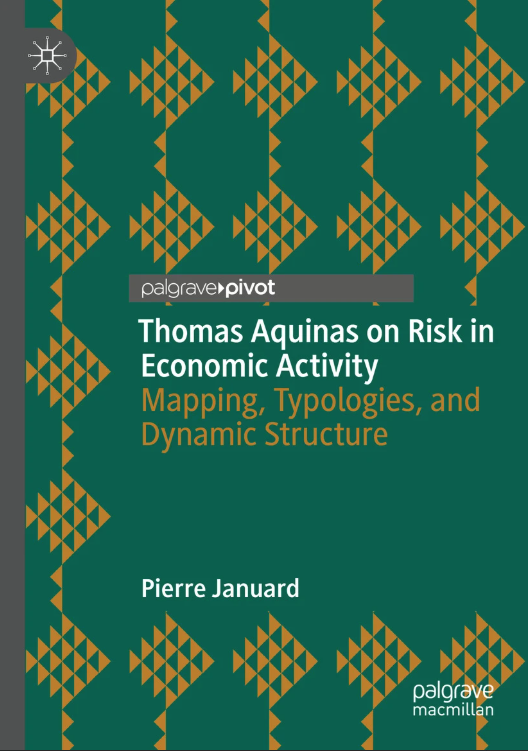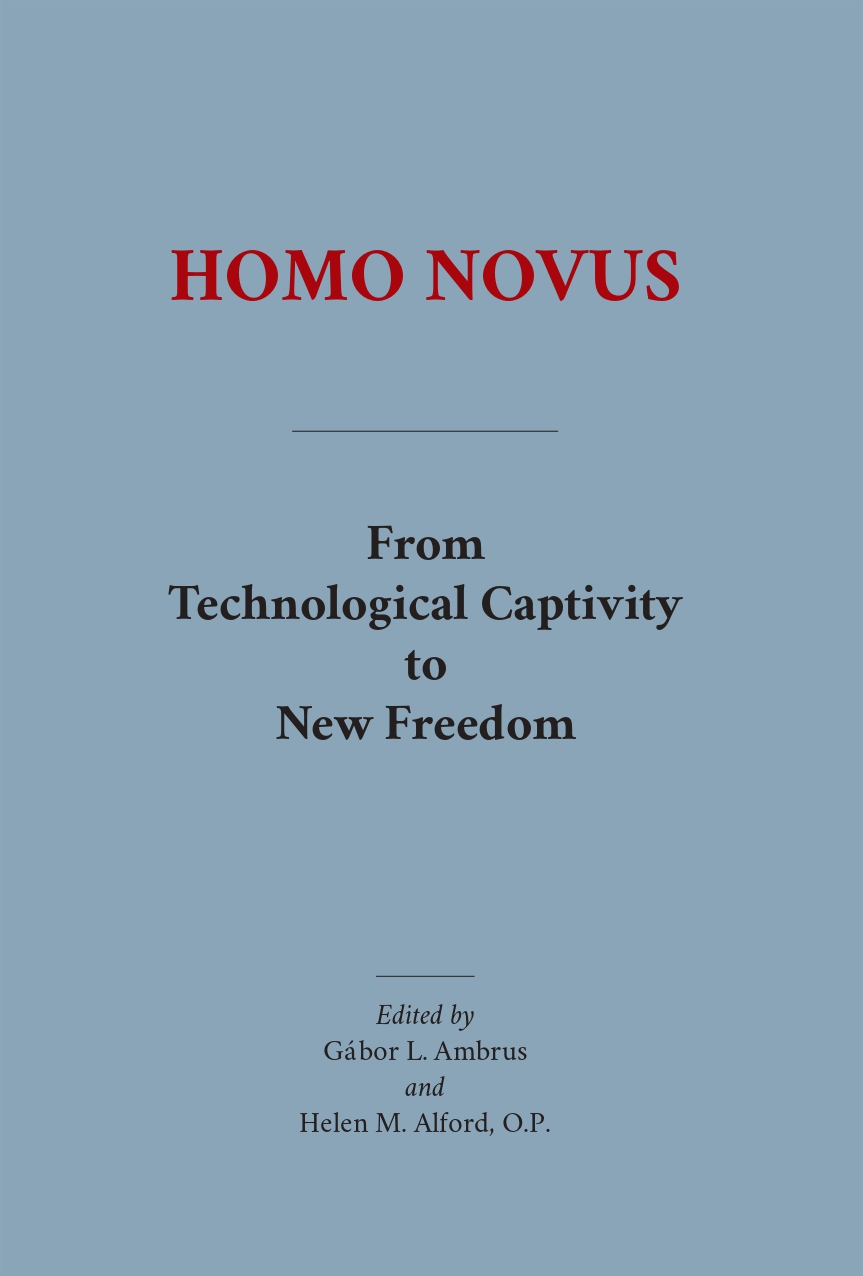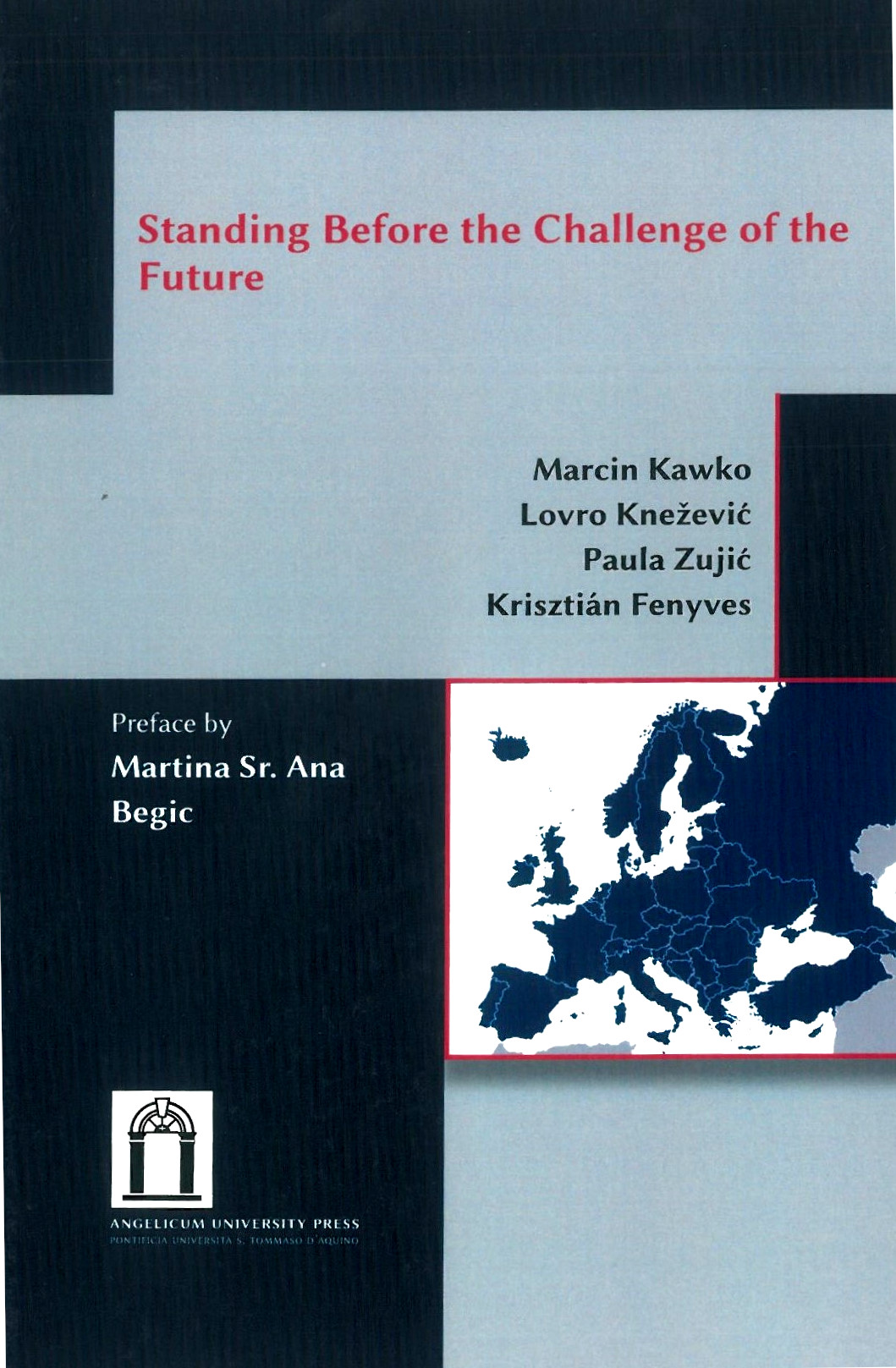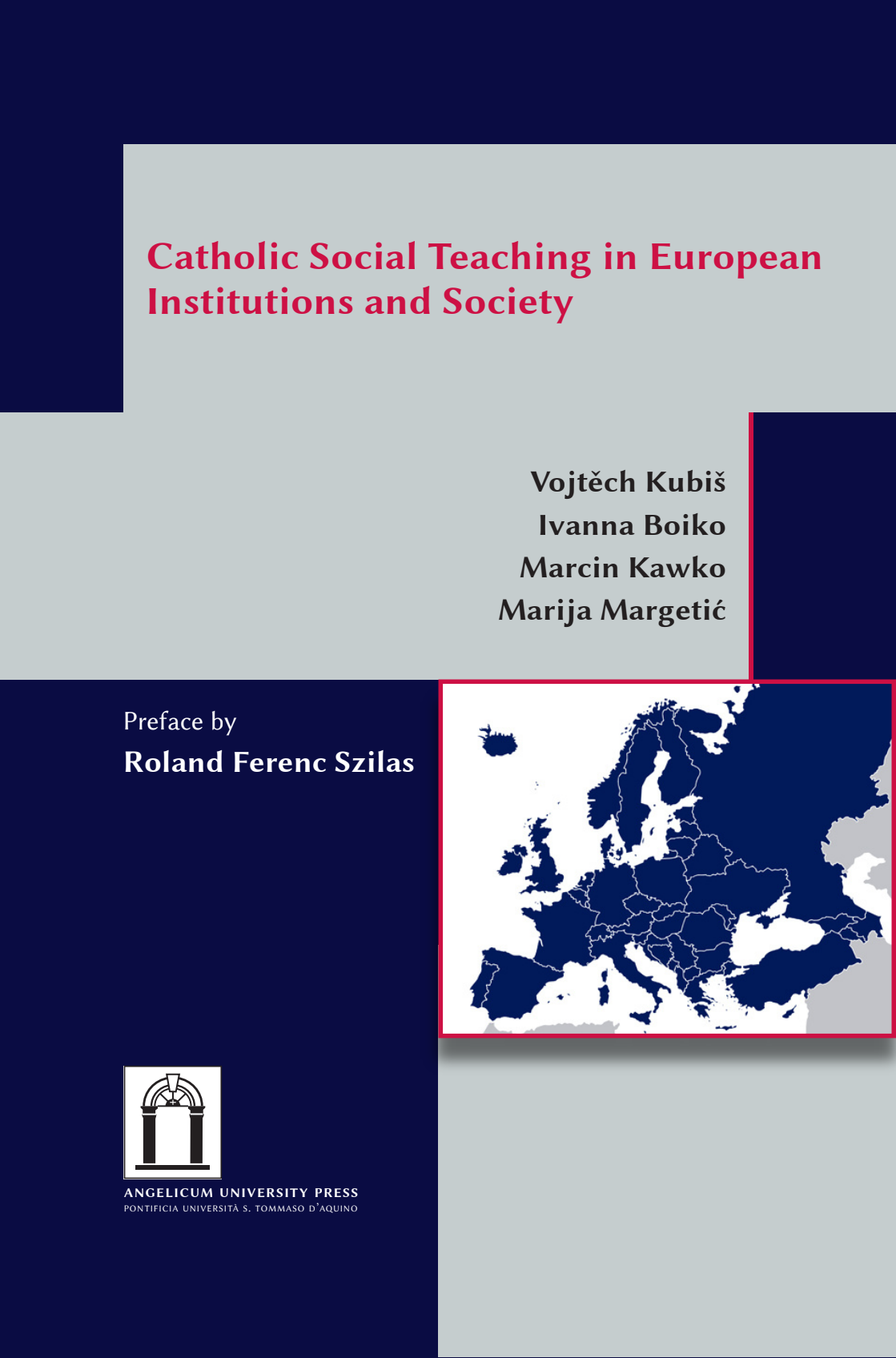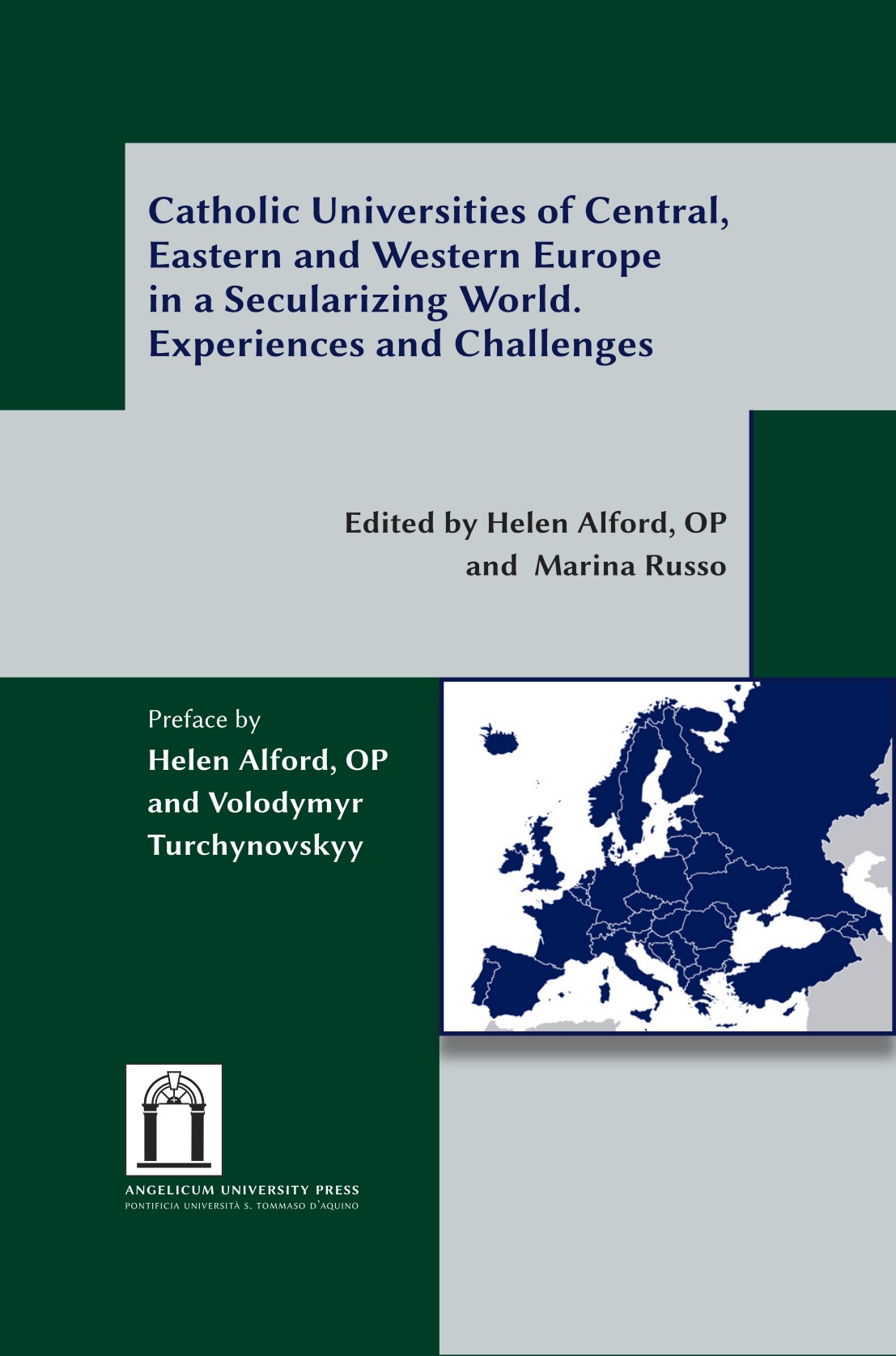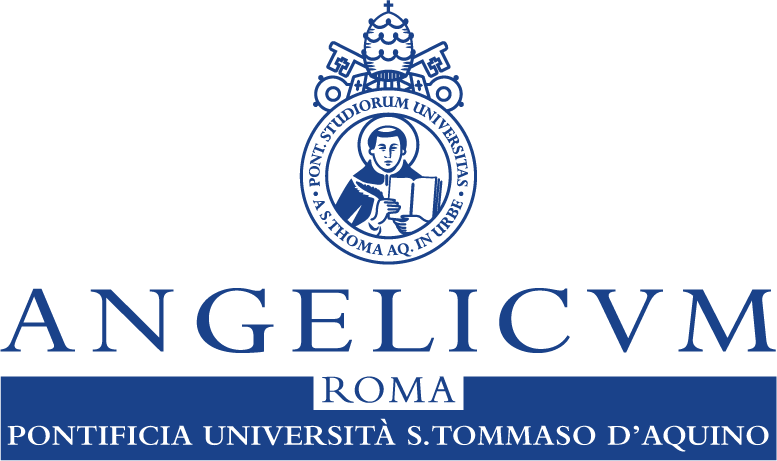Revisiting Trade-Offs: Reframing Poverty and Climate Goals Through Catholic Social Thought
Elena Šiaudvytienė
This article provides a commentary on Fr. Albino Barrera’s “Catholic Social Thought’s Order of Charity and Balancing Clashing Sustainable Development Goals.” In his paper, Fr. A. Barrera presents an insightful framework for addressing trade-offs between poverty alleviation and climate change mitigation in the context of resource scarcity. He proposes that, following the “order of charity” of Catholic Social Thought (CST), the Sustainable Development Goals (SDGs) should be prioritized and sequenced, giving primacy to poverty alleviation over climate change mitigation because of its direct impact on human dignity and survival. According to Fr. A. Barrera, the CST order of charity goes further than secular social philosophy in its double emphasis on both particularistic obligations to kin and universal solidarity with marginalized people. Moreover, the presented framework describes human rights’ priorities and proposes metrics of sufficiency grounded in the intrinsic dignity of every person.
This commentary seeks to build on Fr. Barrera’s work by suggesting additional considerations for deepening the analysis. In particular, it proposes exploring potential synergies and integrative approaches between the goals of poverty alleviation and climate change mitigation. In addition to the emphasis on quantitative metrics, the incorporation of qualitative and transformative evaluation methods is recommended. Furthermore, the rationale behind the prioritization of kin CST could be further clarified and developed.
Moving to the first point, I will reflect on one of the key concepts in Fr. Albino Barrera’s paper, that is, the “threshold of sufficiency.” This concept plays the key role in prioritizing and sequencing SDGs and deciding when we can “go beyond the preservation of life […] to the other goals,” which include climate mitigation and solidarity with future generations. This reasoning assumes that such a threshold of sufficiency is possible to reach by diverting the available scarce resources to poverty alleviation. However, it is equally important to take into consideration and discuss the possibility that by diverting resources away from climate mitigation, poverty can keep reproducing, and the threshold of sufficiency might be very challenging to reach. In this way, we might find ourselves chasing a moving target. The scientific evidence shows that climate change disproportionately affects the most vulnerable people and exacerbates further their vulnerabilities. The latest Intergovernmental Panel on Climate Change (IPCC) synthesis report highlights that “human and ecosystem vulnerability are interdependent” as “increasing weather and climate extreme events have exposed millions of people to acute food insecurity and reduced water security” (IPCC, 2023, p. 5). Moreover, the Stern Report demonstrates
that if we don’t act, the overall costs and risks of climate change will be equivalent to losing at least 5% of global GDP each year, now and forever. If a wider range of risks and impacts is taken into account, the estimates of damage could rise to 20% of GDP or more. In contrast, the costs of action – reducing greenhouse gas emissions to avoid the worst impacts of climate change – can be limited to around 1% of global GDP each year (Stern, 2007, p. iv).
In his paper, Fr. Albino Barrera considers the possible synergies between the goals of poverty alleviation and climate mitigation. However, it is claimed that “climate change mitigation is nevertheless a roundabout way of alleviating poverty and will not have the same impact as direct spending on poverty alleviation itself." While such an assessment is valid, my concern is that framing these two goals in such a way could portray them as more mutually exclusive than they are in practice and contribute to overlooking some important synergies that can have a direct positive effect on poverty alleviation. For example, the 6th Synthesis Assessment report points out that careful policy planning of “redistributive policies across sectors and regions that shield the poor and vulnerable, social safety nets, equity, inclusion, and just transitions, at all scales can enable deeper societal ambitions and resolve trade-offs with sustainable development goals” (IPCC, 2023, p. 31). Therefore, I believe it is worthwhile discussing also the benefits of focusing on both goals simultaneously and softening the claim of an inevitable clash of SDGs. Such a perspective would be well aligned with the integral ecology paradigm, outlined in the encyclical Laudato Si' (LS), which states that “Strategies for a solution demand an integrated approach to combating poverty, restoring dignity to the excluded, and at the same time protecting nature” (LS 139).
This leads me to my next point, related to the search for new metrics for CST. Fr. Albino Barrera mentions several challenges that we encounter when we attempt to identify and operationalize the thresholds of sufficiency for the moral floors indicating when to move from prioritizing the marginalized to serving the rest of the population; and when to move from prioritizing the needs of the current generation to anticipating the needs of future generations. The first challenge is that the needs of communities are contextual and evolving. As a result, the discussed inflection points will be dynamic and differ from one community to another. Another challenge lies in translating CST principles into measurable indicators in a way that allows them to guide communities while also enabling those communities to shape the final design of the indicators.
It seems to me that incorporating qualitative assessment methods, like transformative evaluations, can significantly enrich the proposed quantitative metrics framework. Transformative evaluations especially emphasize participatory, inclusive approaches that consider the lived experiences of marginalized communities and stakeholders. In such evaluations, an important part of the assessment process is the “discussion between the evaluator and stakeholders” (Mertens & Wilson, 2018, p. 160). Therefore, they can be instrumental in developing context-sensitive and evolving assessment frameworks that can be later quantified for comparative analysis. Moreover, transformative evaluation approaches recently have been highlighting the importance of ethics and incorporating it into evaluation processes (Van den Berg, Hawkins, & Stame, 2022). This could provide important entry points for the operationalization of CST in developing new socio-environmental metrics.
Finally, Fr. Albino Barrera’s paper makes an important contribution by highlighting the unique role of CST in addressing trade-offs in sustainable development and proposes an ethical framework as well as pathways for the development of metrics that can help to prioritize and sequence SDGs. However, some aspects of CST’s distinctiveness could be developed further in the paper. For example, the paper touches on the principle of prioritizing kin and close communities before extending care to more distant relationships. At the same time, the argument is supported by a reference to the natural law, which could also be part of other philosophical traditions. The discussion of prioritizing obligations to our “nearest and dearest over those who are distant and strangers” could be enriched by theological insights.
In conclusion, Fr. Albino Barrera's paper provides a well-developed normative framework for balancing poverty alleviation and climate change mitigation within the SDGs, rooted in the CST order of charity. While the claim for prioritizing poverty alleviation is well-argued in the paper, the perceived trade-off between the two goals could be softened by considering important synergies between them and aligning the approach more with the integral ecology of Laudato Si’. In addition, the proposed pathway for metrics development could be enhanced by incorporating qualitative transformative evaluation methods, because they could help to address the evolving and context-sensitive community needs through participatory and ethical approaches. All in all, Fr. Albino Barrera’s paper is a significant contribution to the operationalization of CST and the ongoing development of CST metrics.
References
Francis, P. P. (2015). Encyclical letter Laudato si’: On care for our common home. Vatican Press. https://bit.ly/43EZ5tI
IPCC. (2023). Summary for policymakers. In Climate change 2023: Synthesis report. Contribution of Working Groups I, II and III to the Sixth Assessment Report of the Intergovernmental Panel on Climate Change [Core Writing Team, H. Lee & J. Romero (Eds.)]. IPCC. https://doi.org/10.59327/IPCC/AR6-9789291691647.001
Mertens, D. M., & Wilson, A. T. (2018). Program evaluation theory and practice: A comprehensive guide. The Guilford Press.
Stern, N. (2007). The economics of climate change: The Stern review. Cambridge University Press.
Van den Berg, R. D., Hawkins, P., & Stame, N. (Eds.). (2022). Ethics for evaluation: Beyond "doing no harm" to "tackling bad" and "doing good". Routledge.
 IT
IT  EN
EN 



